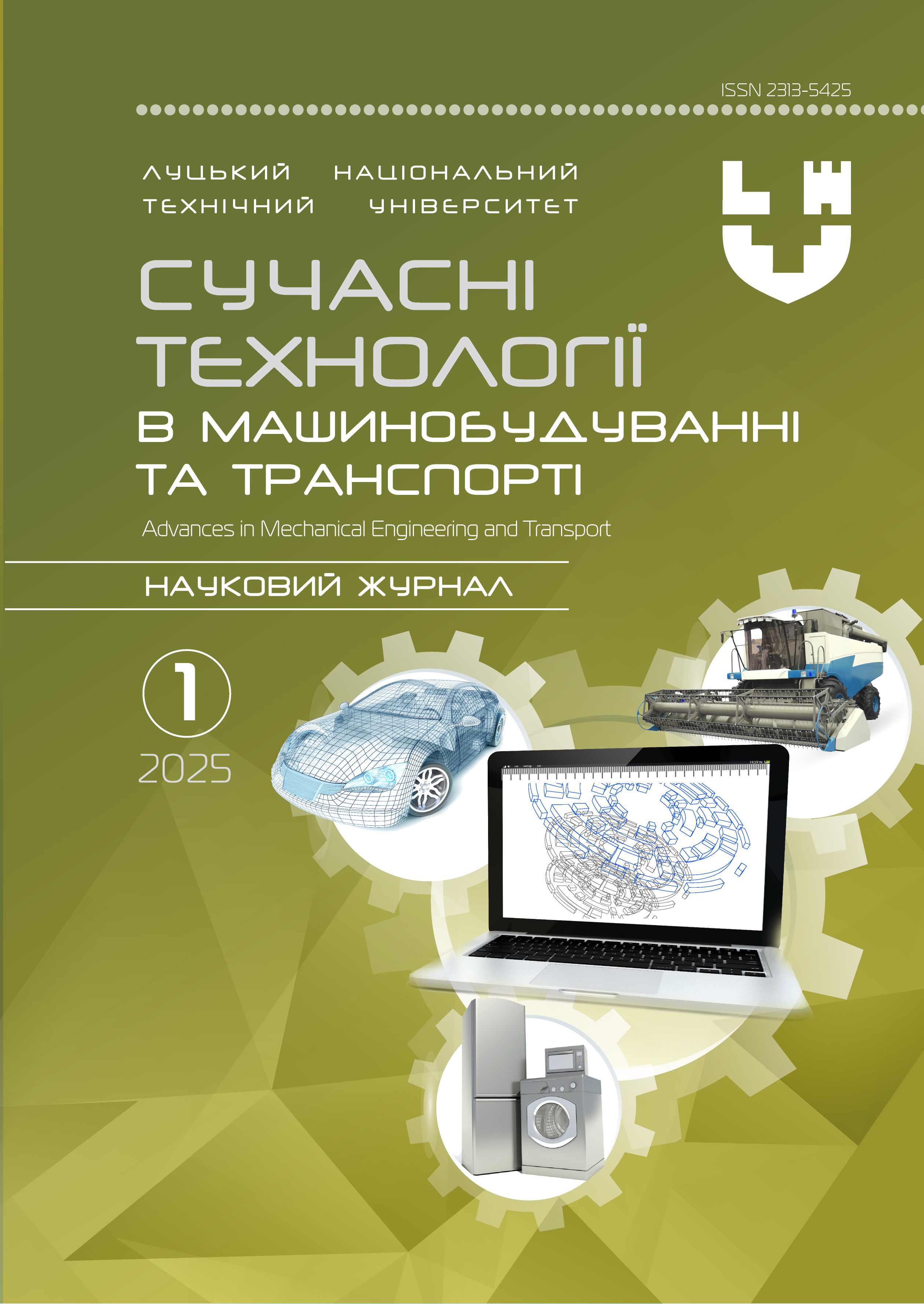EFFICIENCY OF DIFFERENT DRIVES AND TRANSMISSIONS
Abstract
Based on the results of tests conducted by the independent Swedish research institute Rototest, this study provides a comprehensive statistical assessment of torque losses in automobile transmissions of various types and configurations. The analysis relies on an extensive dataset comprising over 600 vehicles produced between 1993 and 2010, including cars with manual and automatic transmissions and different types of drivetrain layouts (FWD, RWD, AWD). Measurements were obtained using hub-mounted dynamometers, which allow for direct torque evaluation at the wheel hubs and eliminate typical errors associated with traditional chassis dynamometers, such as tire slippage and rolling radius uncertainties.
The results show a noticeable difference in transmission efficiency depending on transmission type and production year. For mechanical transmissions, the average efficiency before 2004 is estimated at approximately 0.91, whereas for vehicles produced after 2005 it reaches up to 0.96—suggesting significant advancements in design precision, materials, and lubrication systems. Automatic transmissions, on the other hand, exhibit relatively stable efficiency levels around 0.89, with losses generally higher than in manual systems, regardless of drive layout.
The study also explores the modal and average values of power losses across different configurations, highlighting that front- and rear-wheel-drive vehicles with manual gearboxes exhibit lower losses compared to their automatic counterparts. Despite ongoing development in automatic systems, such as torque converter lock-up mechanisms and multi-speed designs, their efficiency gains remain limited in practice.
These findings emphasize the importance of statistically grounded, independent testing for evaluating drivetrain performance and provide valuable insights for manufacturers, engineers, and policymakers focused on improving vehicle energy efficiency.
Key words: transmission, car, manual transmission, automatic transmission, wheel, front wheel drive, rear wheel drive, full wheel drive.




